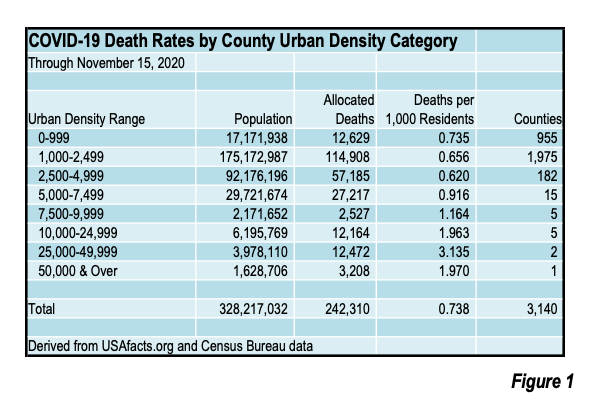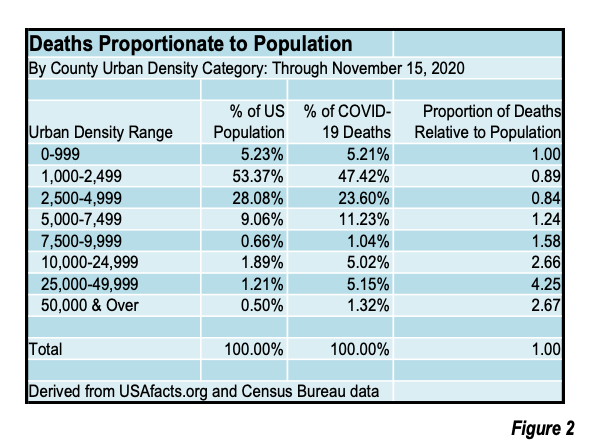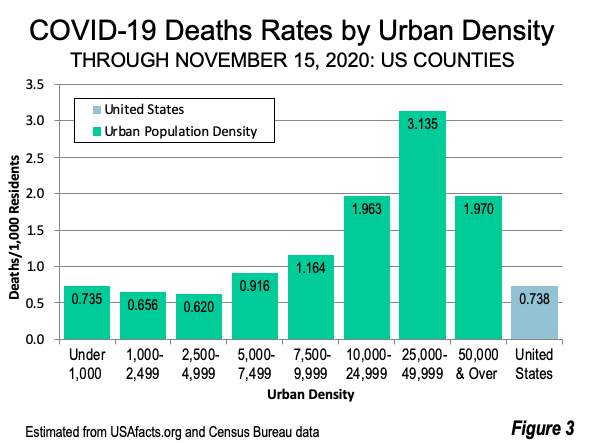I’m happy to share our new George W. Bush Institute report, “Cities and Opportunity in 21st Century America.” This report is the first in our new Blueprint for Opportunity series, which aims to explore the challenge of expanding opportunity and economic mobility in America, particularly in U.S. cities, and to lay out a market-oriented opportunity agenda. We plan on publishing additional reports in the series approximately once a quarter over the next couple years.
This report examines how America is doing in promoting economic mobility, why cities and neighborhoods so strongly influence economic mobility for people who live there, and which metropolitan areas are outperforming as engines of opportunity. Our second report will consider lessons from history on cities and opportunity and recent trends remaking the geography of opportunity in the U.S. cities, and subsequent reports will focus on particular policy areas like metropolitan economic development, new business creation, the future of work, the role of anchor institutions, housing attainability, and more.
Click here to download Cities & Opportunities paper
J.H. Cullum Clark is a Director in the George W. Bush Institute-SMU Economic Growth Initiative and an Adjunct Professor of Economics at SMU in Dallas. His work focuses on policies to expand opportunity and economic mobility in America’s cities. He worked for 25 years in the investment industry, at two Wall Street firms in New York then as CEO of his own small investment company for 18 years. He is co-author of a forthcoming book on the metropolitan areas of the “Texas Triangle” region that Texas A&M Press will publish in 2021. He serves on the boards of the leading charter school network in North Texas and several arts and civic organizations in Dallas.















